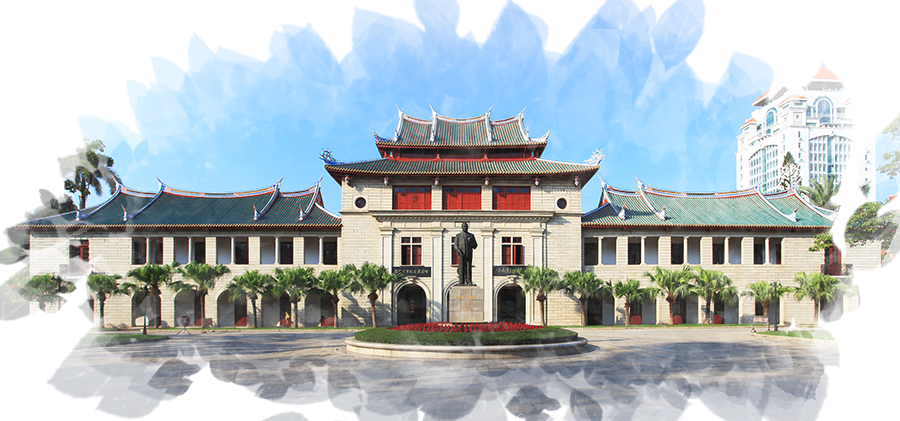The Engchoon Kuala Lumpur History Gallery






Participated in fundraising for
Xiamen University and Nanyang University
Xiamen University, the first university in Fujian Province, was established in 1919 by the initiative of Tan Kah Kee. The birth of Xiamen University was driven by Tan Kah Kee’s realization that Fujian Province, although with its population of ten million, did not have a university, not only lacking of specialized talent, even no place to cultivate secondary school teachers. This spurred his determination to establish Xiamen University, which he supported on his own for more than a decade. In 1937, when he could no longer bear the heavy financial burden required to run the university, he reluctantly handed it over to the Nationalist Government, and it became a national university.
During the planning phase of Xiamen University, Tan Kah Kee made three trips to Nanyang to seek support from wealthy Chinese merchants for the university but was unsuccessful. When Xiamen University faced a financial crisis, Tan Kah Kee sent its president, Lin Wenqing, on fundraising trips. During the fundraising in Nanyang, the Fujian community provided substantial support. Donations from the Selangor region in Kuala Lumpur were collected through the Selangor Hokkien Association.
A scene from Xiamen University, founded by Tan Kah Kee

Huang Chongji
Source: Provided by Kuala Lumpur Eng Choon Hoey Kuan

Chen Renyun
Source: Provided by Kuala Lumpur Eng Choon Hoey Kuan

Ang Chin Chong
Source: Provided by Kuala Lumpur Eng Choon Hoey Kuan

In addition to donating to Xiamen University, the leaders of the Kuala Lumpur Eng Choon community actively responded to Tan Kah Kee’s call to establish the first overseas Chinese-language tertiary institution, Nanyang University, in 1953. The Kuala Lumpur Eng Choon Association became a member of Nanyang University and formed a subcommittee to encourage the local Chinese community to participate enthusiastically. Lin Bangling, in particular, was a strong supporter of Nanyang University.
The support from the Kuala Lumpur Eng Choon Association for Xiamen University and Nanyang University was primarily due to the fact that these two universities were founded by Tan Kah Kee and Tan Lark Sye, two esteemed figures from Fujian, during their leadership of the Singapore Hokkien Association. During this period, the leaders of the Kuala Lumpur Eng Choon Association also led the Selangor Hokkien Association. Additionally, most of the leaders of the Hokkien Associations in Singapore and Malaysia were business people, many of whom were involved in the rubber industry and had direct or indirect business dealings with Tan Kah Kee and Tan Lark Sye, who were prominent rubber merchants. Tan Lark Sye, in particular, had led the Chinese Chamber of Commerce and negotiated with the British government to stabilize rubber prices, earning high prestige among his peers. Given the connections in the association’s affairs, business dealings, and recognizing the significance of establishing universities for national education, the leaders of the Hokkien Associations naturally supported the fundraising campaigns initiated by Tan Kah Kee and Tan Lark Sye.
Lin Bangling
Source: Provided by Kuala Lumpur Eng Choon Hoey Kuan

Nanyang University was built with the contributions of the Chinese community in Southeast Asia
Source:https://www.yan.sg/nanyangdaxuebiexingjiapo/

Dr. Chua Wei Yan
Source: Provided by Kuala Lumpur Eng Choon Hoey Kuan


